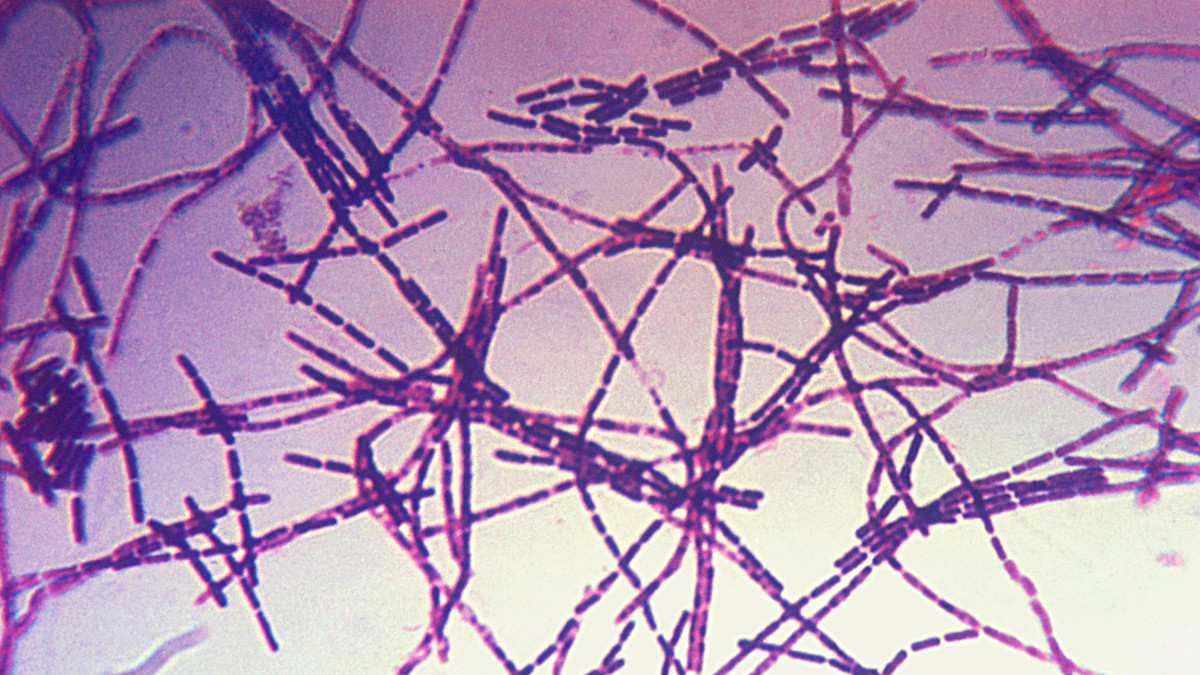The new director hopes to strengthen existing partnerships, build and retain a more diverse and inclusive workforce, and deliver the agency’s science to those who need it most.
News
Melting Sea Ice May Mean the End of Driftwood in Iceland
Driftwood floats thousands of kilometers from Siberia to Iceland, but it may drift no longer by 2060 due to climate change.
This One Simple Trick Helps Us Understand How Much Water Is in Martian Lavas
Understanding how much water is in Martian magma is vital for understanding whether the Red Planet had seas in its early history.
Climate Change Has Already Aggravated 58% of Infectious Diseases
Global warming has, in certain instances, amped up some of the world’s most deadly diseases.
Swinging Strength of Earth’s Magnetic Field Could Signal Inner Core Formation
The magnetic record stored in rocks documents the liquid core’s behavior and possibly when the inner core formed. Whether it formed half a billion or more than a billion years ago, however, is up for debate.
Caves Offer Temperate Hope for Future Moon Exploration
Large caves near the Moon’s equator maintain a temperate, stable daily temperature around 17°C.
Ninety Percent of the World’s Oil Slicks Are Caused by Humans, Not Nature
Researchers were surprised to find exactly how many oil slicks were due to human activity, highlighting the need for people to pay attention to runoff and leaks.
The Complex Relationship Between Hurricanes, Air Pollution, and Climate
A new study focuses on the frequency and distribution of tropical cyclones over the past 40 years.
Pulsar Planets Are Exceedingly Rare
A new survey of hundreds of pulsars could help solve the mystery of why planets exist around these dead stars.
Community Scientists Recover Micrometeorites from Lake Michigan
A team of scientists, educators, and teenagers discovered the objects, some of which may have been delivered by a fireball that streaked across the sky in 2017.










